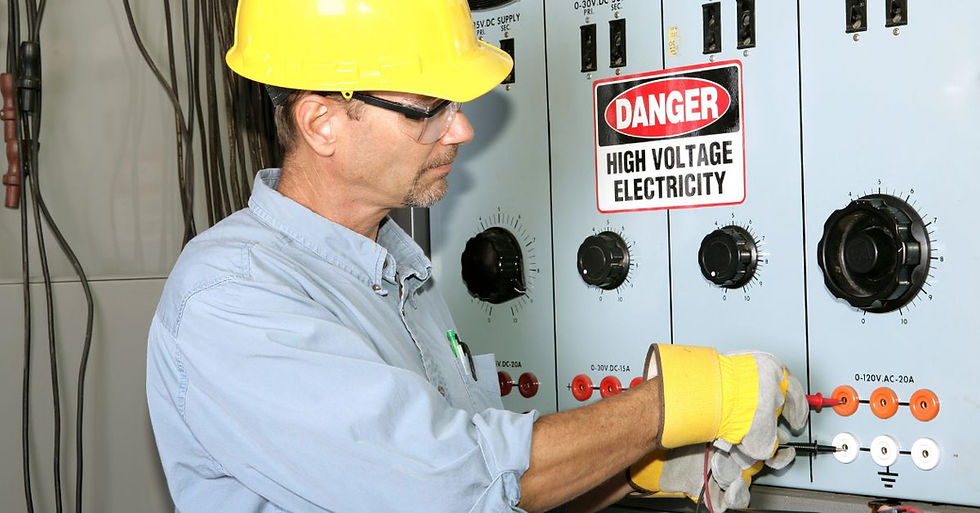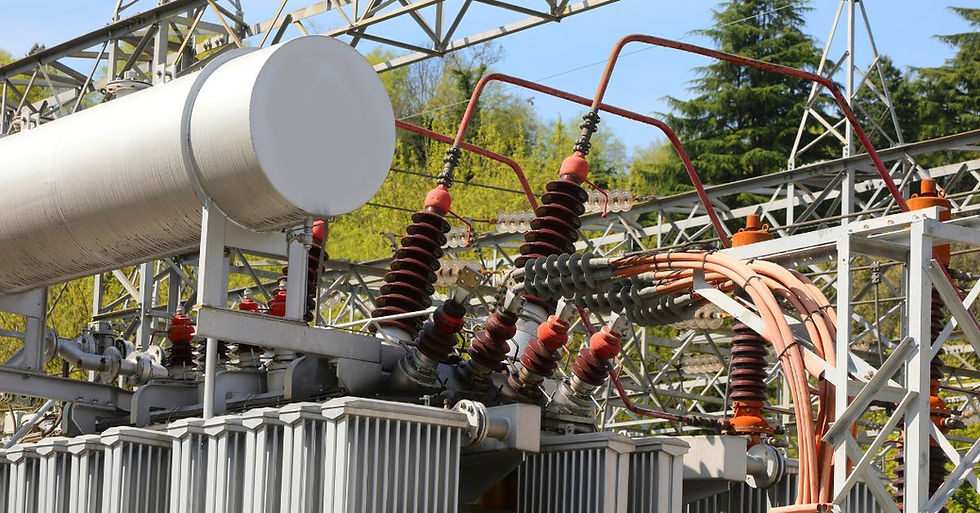
Voltage affects everything, from household electronics to expansive power grids. Understanding different voltage categories is essential for people in the fields of technology and engineering. Explore the distinctions between high and ultra-high voltage, and get insights into their applications, safety considerations, and impact on infrastructure.
Introduction to Voltage Levels
Voltage varies across different applications, ranging from low voltages in consumer electronics to the extremely high voltages required for transmitting power over long distances. Understanding these levels is crucial for ensuring the safety and efficiency of electrical systems and optimizing performance in specialized fields, such as aerospace and military technology.
If you work in electrical engineering or enjoy tinkering with technology, grasping voltage nuances leads to better decision-making when designing or utilizing electrical systems. More knowledge of electricity and its scientific components makes it easier to enhance the safety of electrical projects.
Definition of High Voltage
High voltage is typically any voltage above 1,000 volts for alternating current (AC) and 1,500 volts for direct current (DC). These voltages are common in industrial settings and electrical distribution networks. High voltage transmits electricity over long distances with minimal loss, making it ideal for national grids and large-scale industrial applications.
The International Electrotechnical Commission (IEC) and the Institute of Electrical and Electronics Engineers (IEEE) provide guidelines for classifying and handling high-voltage devices. These standards ensure that equipment and procedures meet safety and efficiency requirements.

Definition of Ultra-High Voltage
Ultra-high voltage (UHV) refers to voltage levels exceeding 800 kV for AC and 1,000 kV for DC. This category covers the most demanding applications, where vast amounts of power move across extraordinarily long distances or to remote areas. UHV is notable for its ability to handle massive loads and reduce transmission losses.
The American National Standards Institute establish thresholds for UHV. The infrastructure and equipment must be able to withstand the extreme conditions associated with ultra-high voltage.
Historical Development of Voltage Standards
The classification of voltage levels has evolved over the years. In the early days of electricity use, the focus was primarily on low and medium voltages. However, as electricity demands grew and technology advanced, the need for higher voltage levels became apparent.
Significant milestones in voltage technology adoption include the development of high-voltage transmission lines in the mid-20th century and the more recent implementation of UHV systems. These advancements played a key role in meeting the increasing energy demands of modern society.
Technical Specifications and Standards
When comparing high and ultra-high voltage, several technical specifications and standards come into play. High-voltage systems are typically designed for local or regional distribution, while UHV systems support intercontinental transmission. The materials and technologies in each category differ significantly due to the distinct demands they must meet.
International standards from IEC and IEEE outline the requirements for high and ultra-high voltage systems. These guidelines guarantee the systems are safe, reliable, and efficient, regardless of the application.
Applications of High Voltage
High voltage is common in various industries and technologies. Applications include power distribution networks, industrial machinery, and transportation systems. High voltage offers numerous advantages in these contexts, such as reduced energy loss, improved efficiency, and the ability to power large equipment.
Professionals in manufacturing and construction rely heavily on high voltage for daily operations. The ability to deliver substantial power quickly and efficiently makes high voltage an invaluable resource in these industries.
Applications of Ultra-High Voltage
While high voltage is suitable for many applications, ultra-high voltage is necessary in some instances. UHV systems are indispensable in large-scale infrastructure projects, such as cross-border power grids and long-distance transmission lines. These projects benefit from UHV's ability to minimize transmission losses and reduce the number of required substations.
The unique capabilities of UHV make it ideal for moving power over vast geographic areas or for use in energy-intensive industries. Hydroelectric and nuclear plants are responsible for powering populated areas in need of electricity, and the reliability of UVH ensures the swift transfer of power. The use of UHV is growing as the demand for cleaner and more efficient energy sources increases.
Key Differences in Infrastructure
The infrastructure required for high-voltage and ultra-high voltage systems differs significantly. High-voltage systems typically consist of relatively small components designed for local distribution, such as mini high-voltage systems. UHV systems require larger, more robust equipment capable of handling extreme conditions.
Design and material considerations also vary between the two categories. UHV infrastructure demands advanced materials and engineering techniques for stability and safety at such high power levels.

Safety Considerations
Safety is paramount when dealing with high and ultra-high voltage systems. Both pose significant risks that are typically lethal, including electrical shock and arc flash hazards. Electricians and engineers must protect themselves when working on these systems in order to prevent injuries.
They may use high-voltage measurement equipment to gauge the voltage and understand which components to use for the system to handle the flow of electricity. Training and education are also essential components of a comprehensive safety program.
Economic Implications
Implementing high and ultra-high voltage systems entails economic considerations. While the initial cost may be substantial, the long-term benefits often outweigh these expenses. High-voltage systems offer cost savings through improved efficiency, while UHV systems provide additional economic advantages by enabling large-scale power transmission.
Balancing the costs and benefits of these systems is essential for making informed decisions about their implementation. Understanding the economic impact helps to identify the most cost-effective solutions for a given application.
Future Trends in Voltage Technology
The future of voltage technology requires ongoing innovation. Advances in materials, engineering techniques, and energy storage solutions continue to drive progress in the field. These innovations have the potential to reshape the way we generate and transmit electricity.
Emerging trends in voltage technology, such as exploring new materials for improved performance, provide steps toward nuanced methods of high-voltage integration. These trends will likely influence the evolution of high and ultra-high voltage systems in the coming years.
Understanding the differences between high voltage and ultra-high voltage is crucial for anyone in electrical engineering, technology, and related fields. Both voltage categories offer unique advantages and challenges, depending on the application. Consider these factors to make informed choices about using these systems. Voltage technology holds exciting possibilities for enhancing efficiency, and its prowess ensures the enhancement of projects and electrical systems.


Comments